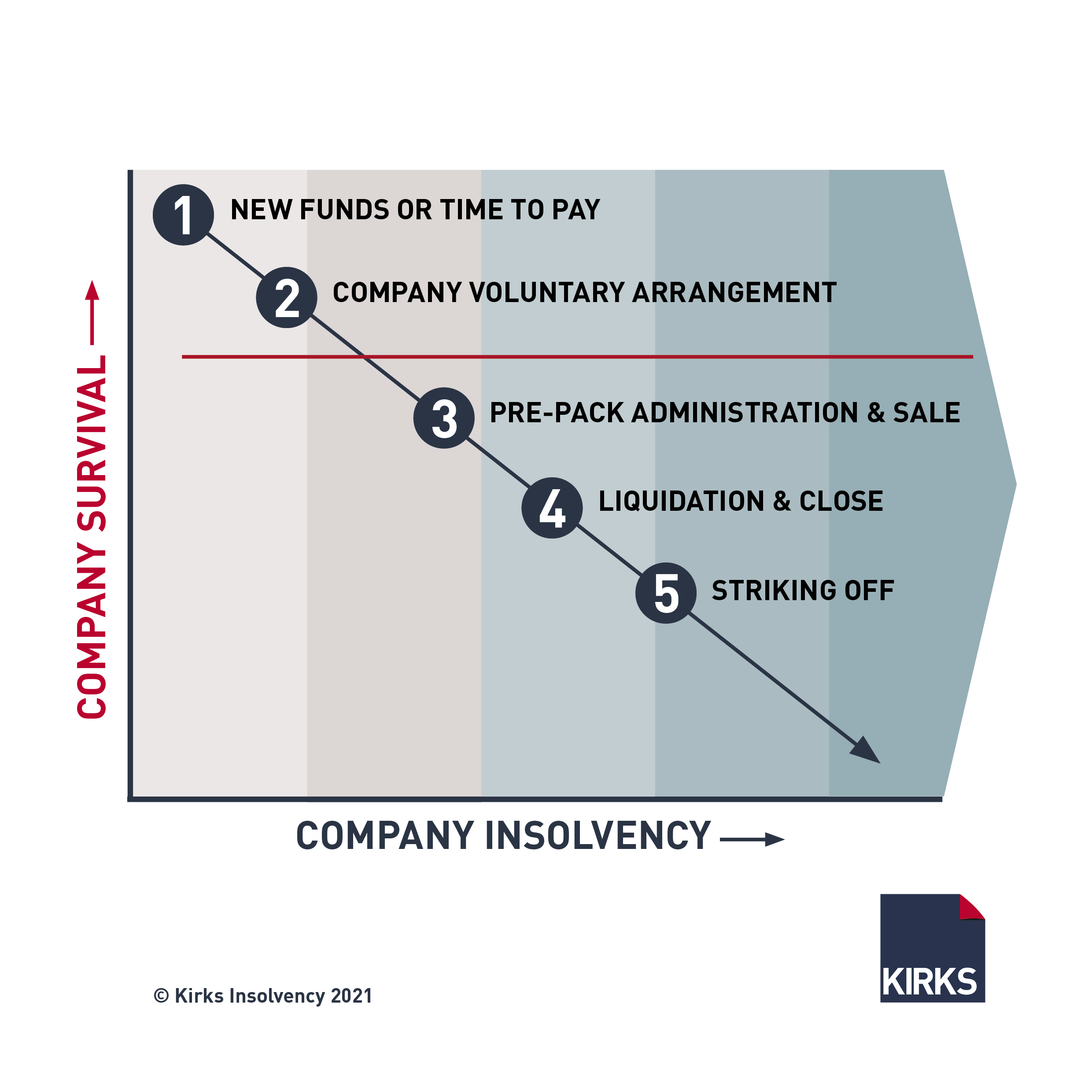Top Guidelines Of Insolvency Practitioner
Top Guidelines Of Insolvency Practitioner
Blog Article
Getting My Insolvency Practitioner To Work
Table of ContentsSome Known Details About Insolvency Practitioner Unknown Facts About Insolvency PractitionerThe Only Guide to Insolvency PractitionerHow Insolvency Practitioner can Save You Time, Stress, and Money.Insolvency Practitioner Things To Know Before You Get ThisInsolvency Practitioner - The FactsInsolvency Practitioner for Beginners
Bankruptcy is when obligations are higher than the worth of the firm, or when a borrower can not pay the financial obligations they owe. A business can become bankrupt due to a variety of scenarios that result in inadequate cash circulation. When confronted with bankruptcy, a business or person can get in touch with creditors straight and restructure financial obligations to pay them off.Company proprietors might contact creditors directly and restructure debts into even more convenient installations. Financial institutions are commonly amenable to this approach due to the fact that they desire to be paid off and avoid losses, also if the payment is on a delayed timetable.
More About Insolvency Practitioner
The proprietor produces a proposal outlining just how the financial obligation might be restructured utilizing price reductions or other prepare for support. The proposal shows financial institutions exactly how business might produce enough cash money flow for rewarding operations while paying its financial debts. Typically, a forgiven financial obligation might be taken into consideration income by the Irs (IRS).

How Insolvency Practitioner can Save You Time, Stress, and Money.
When operations cease, so does the business's revenue (Insolvency Practitioner). Some companies come to be financially troubled since their products or services do not advance to fit consumers' altering requirements.
Expenditures surpass earnings and costs stay unsettled. Cash-flow bankruptcy takes place when a firm has the assets to cover their financial debts yet they are in the incorrect kind, such as real estate instead of liquid funds. Balance-sheet insolvency, on the other hand, shows a lack of properties in any type of kind to cover financial debts.
The internal revenue service states that a person is financially troubled when the total liabilities go beyond overall assets. A insolvency, on the other hand, is a real court order that shows exactly how a bankrupt person or organization will certainly settle their financial institutions, or exactly how they will certainly market their properties in order to make the repayments.
See This Report on Insolvency Practitioner

Financial obligation combination is when you integrate image source several fundings into one new finance, commonly to attain much better terms. Bankruptcy is not read the full info here the like insolvency, although a company that has actually come to be insolvent may apply for personal bankruptcy. Insolvency is the state of not having the ability to pay your commitments while insolvency is a legal process to release your financial debts.
Recognizing the aspects that can cause insolvency, such as overspending, can aid you protect against bankruptcy and its consequences.
4 Simple Techniques For Insolvency Practitioner
It is popular that directors and policemans of corporations (and managers of minimal responsibility companies) owe fiduciary tasks to their companies and their shareholders (or members). These fiduciary commitments are specified by state statutes and, though there are variants from one state to another, they typically include a duty of commitment and a task of care.
The obligation of treatment needs directors and policemans to exercise persistance, to make educated choices, and to act in great faith so that their activities are in the finest interest of the company. Though beyond the extent of this discussion, some states permit these responsibilities to be restricted either by so keeping in mind in the business records or abiding by various other demands.
Insolvency Practitioner Fundamentals Explained
A lot of states define bankruptcy in 2 means( 1) when a firm's responsibilities end up being higher than the amount of its assets or (2) when the firm comes to be incapable to pay its debts as they become dueand embrace both interpretations (Insolvency Practitioner). The shift in responsibilities takes place because when a company is insolvent, there is no worth in the business past that owed to the firm's financial institutions to ensure that the equity owners no more have a financial risk in the business
Beware concerning providing investors find out favoritism at the expenditure of lenders (e.g., licensing and moneying a reward or a supply redemption). Beware regarding special therapy in between classes of investors. Clear up initiatives to find out all the truths before taking a particular strategy; supervisors need to really think that any decisions made are in the finest passions of the firm in its totality (i.e., decisions will be evaluated in hindsight because of the effect of such activities on the company).
In any type of personal bankruptcy or insolvency case, repayments made to specific financial institutions at the expenditure of various other financial institutions can be clawed back, particularly if there is some link in between the company and the financial institution. Take into consideration recommending at an annual shareholder meeting (or any type of various other conference of shareholders) a resolution attesting that all previous business decisions and activities taken by the directors and police officers of the firm were taken in great faith after a workout of practical care.
The 30-Second Trick For Insolvency Practitioner
Totally reveal any personal or business partnerships with parties beyond of purchases involving the corporation to stay clear of the look of a problem of passion. In assessing possible fund elevating transactions or a sale of assets of the struggling corporation, be aware that these transactions might be scrutinized later taking into account any type of succeeding growth of directors' fiduciary tasks to consist of creditors.
Report this page